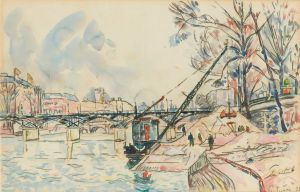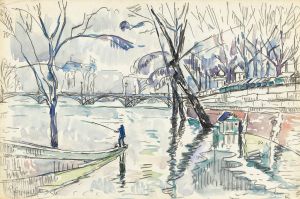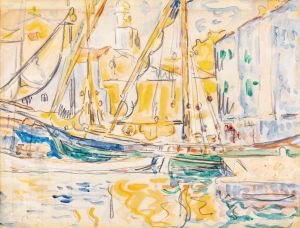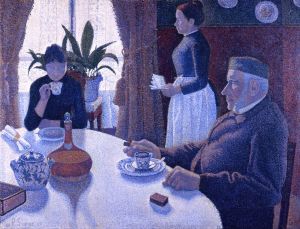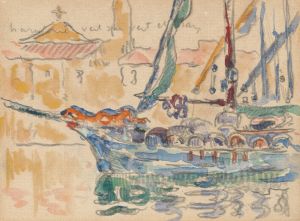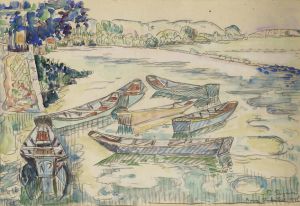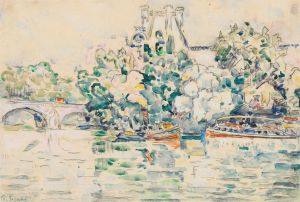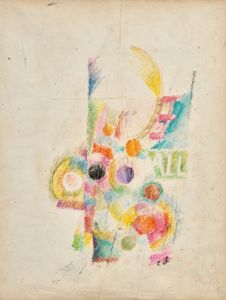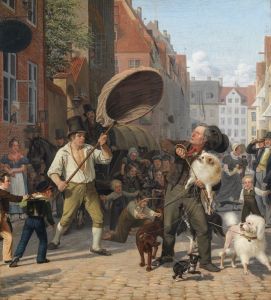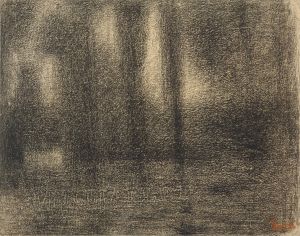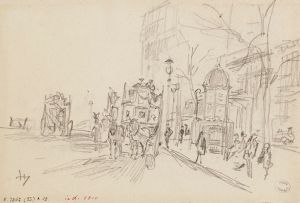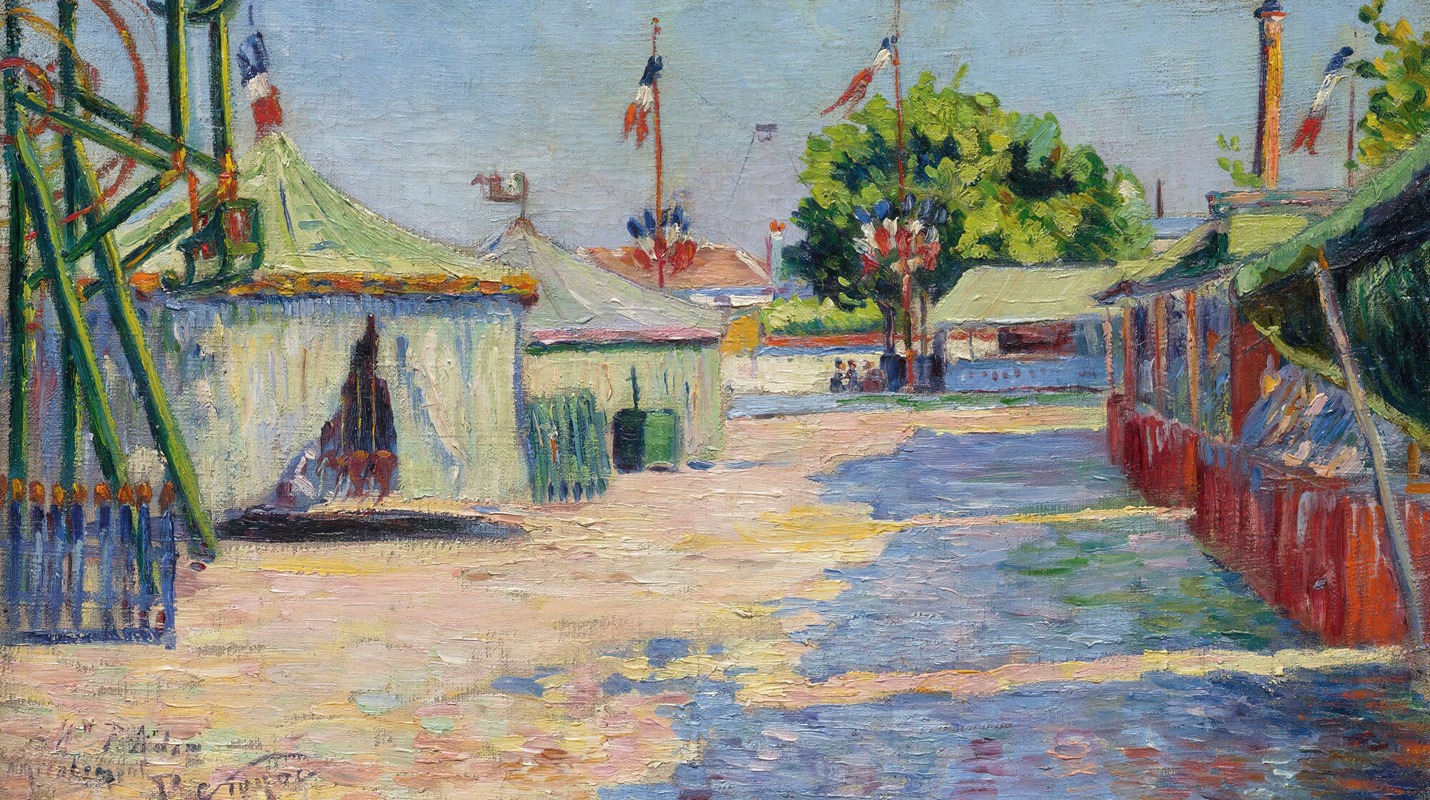
La Fête D’asnières
A hand-painted replica of Paul Signac’s masterpiece La Fête D’asnières, meticulously crafted by professional artists to capture the true essence of the original. Each piece is created with museum-quality canvas and rare mineral pigments, carefully painted by experienced artists with delicate brushstrokes and rich, layered colors to perfectly recreate the texture of the original artwork. Unlike machine-printed reproductions, this hand-painted version brings the painting to life, infused with the artist’s emotions and skill in every stroke. Whether for personal collection or home decoration, it instantly elevates the artistic atmosphere of any space.
"La Fête D’asnières" is a painting by the French artist Paul Signac, created in 1889. Signac was a prominent figure in the Neo-Impressionist movement, which was characterized by the use of pointillism, a technique involving the application of small, distinct dots of color to form an image. This method was developed alongside Georges Seurat, another key figure in the movement.
The painting depicts a festive scene in Asnières, a suburb of Paris located along the Seine River. Asnières was a popular leisure destination for Parisians during the late 19th century, known for its vibrant social life and picturesque riverside views. In "La Fête D’asnières," Signac captures the lively atmosphere of a local celebration, with people enjoying various activities along the riverbank.
Signac's use of pointillism in this painting is evident through the meticulous application of color dots, which blend together when viewed from a distance to create a cohesive and luminous image. The technique allows for a vibrant interplay of light and color, enhancing the festive mood of the scene. The painting features a variety of figures, including men, women, and children, engaged in different activities such as boating, walking, and socializing. The composition is dynamic, with a sense of movement and energy that reflects the joyous nature of the event.
The color palette of "La Fête D’asnières" is bright and cheerful, dominated by blues, greens, and yellows. These colors not only convey the pleasant weather and the lush environment but also contribute to the overall sense of celebration and enjoyment. Signac's attention to detail is evident in the depiction of the figures' clothing, the reflections in the water, and the foliage along the riverbank.
Paul Signac was deeply influenced by the scientific theories of color and perception, particularly those of Michel Eugène Chevreul and Ogden Rood. These theories informed his approach to painting, as he sought to achieve greater luminosity and harmony through the careful placement of complementary colors. "La Fête D’asnières" exemplifies Signac's commitment to these principles, showcasing his skill in creating a vibrant and harmonious composition through the use of pointillism.
The painting is part of the collection of the Musée d'Orsay in Paris, which houses an extensive array of works from the late 19th and early 20th centuries. The museum's collection includes several other works by Signac, as well as pieces by his contemporaries in the Neo-Impressionist movement. "La Fête D’asnières" remains an important example of Signac's contribution to the development of modern art, illustrating his innovative use of color and technique to capture the essence of contemporary life.
In summary, "La Fête D’asnières" by Paul Signac is a notable work of Neo-Impressionist art that captures the lively atmosphere of a festive scene in Asnières through the use of pointillism. The painting's vibrant colors, dynamic composition, and meticulous detail reflect Signac's mastery of the technique and his dedication to the scientific principles of color and perception.






